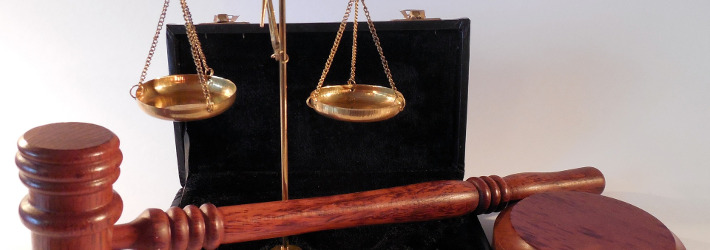On July 1, 2020, the United States Court of Appeals for the Federal Circuit will adopt several amendments to its rules of practice, which govern procedural aspects of appeals from district court patent cases and appeals from Patent Trial and Appeal Board proceedings. These amendments will apply to all appeals filed or pending on or after July 1, 2020, to the extent practicable, unless otherwise ordered. Important amendments include the following:
- Under Federal Circuit Rule 34(e)(2), at oral argument, no more than two counsel may argue on behalf of each side, and no more than one counsel may argue on behalf of each party, absent leave of the court. For example, if there are ten appellants, a maximum of two attorneys will be permitted to argue on behalf of all ten appellants, unless leave of the court is obtained to allow additional attorneys to argue.
- New Rule 25.1 consolidates many of the prior rules concerning the handling of confidential information in written submissions. Under Rule 25.1, each motion, petition, response, reply, or brief in an appeal may mark as confidential and redact up to fifteen unique words; a party seeking to redact more than fifteen words must move to do so. (This fifteen-word limit does not apply to appendices, attachments, exhibits and addenda to motions, petitions, responses, replies, or briefs.) Rule 25.1 also newly requires that an “adequate, general descriptor” of the redacted material appear over redactions. The practice note accompanying Rule 25.1 provides, as examples of adequate general descriptors, “dollar amount,” “number of items,” and “chemical name.”
- Rule 32.1 permits citations to nonprecedential decisions regardless of the date of the decisions, thereby eliminating the limitation in the prior rule preventing citations to nonprecedential decisions issued before 2007.
- Under Rule 28.1, parties are permitted four rounds of briefing in proceedings involving cross-appeals: (i) appellant’s principal brief, (ii) appellee’s principal and response brief, (iii) appellant’s response and reply brief, and (iv) appellee’s reply brief. Previously, an appellant could split the 14,000-word limit for the third brief as it liked between responding to the cross-appeal and replying in support of its principal brief. The amended practice note to Rule 28.1, however, now limits the reply portion of the third brief to 7,000 words: “[i]n the third brief…the reply argument on the appeal issues should not exceed the length that would be permitted if there were no cross-appeal.”
- Rule 28(j) prohibits the filing of duplicative briefs in related cases. If all or a portion of a brief is duplicative of a brief in a related case, “the filing party must so advise the court at the beginning of the brief or section containing the duplicative content.”
- Rule 25(c)(3) dispenses with the need to file paper copies except as ordered by the court, or in certain circumstances such as petitions for panel or en banc rehearing, or when filing confidential versions of documents under Rule 25.1.
- Rule 25(e)(1) eliminates proof of service requirements for documents filed and served on all parties through the Federal Circuit’s electronic filing system. “Service of a filing to a user’s email address registered with the court’s electronic filing system at the time of the filing constitutes valid service.”
- The amended practice note to Rule 8 now states that “parties should notify the Clerk’s Office as soon as possible when filing (or in anticipation of filing) a Rule 8 motion,” i.e., a motion for stay or injunction pending appeal. The amended practice note provides a phone number and email address for notifying the Federal Circuit of Rule 8 motions outside of normal business hours.



